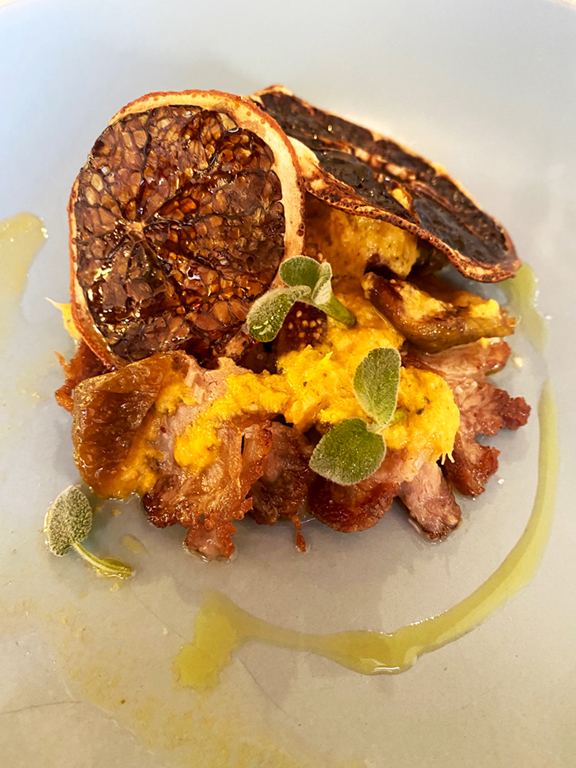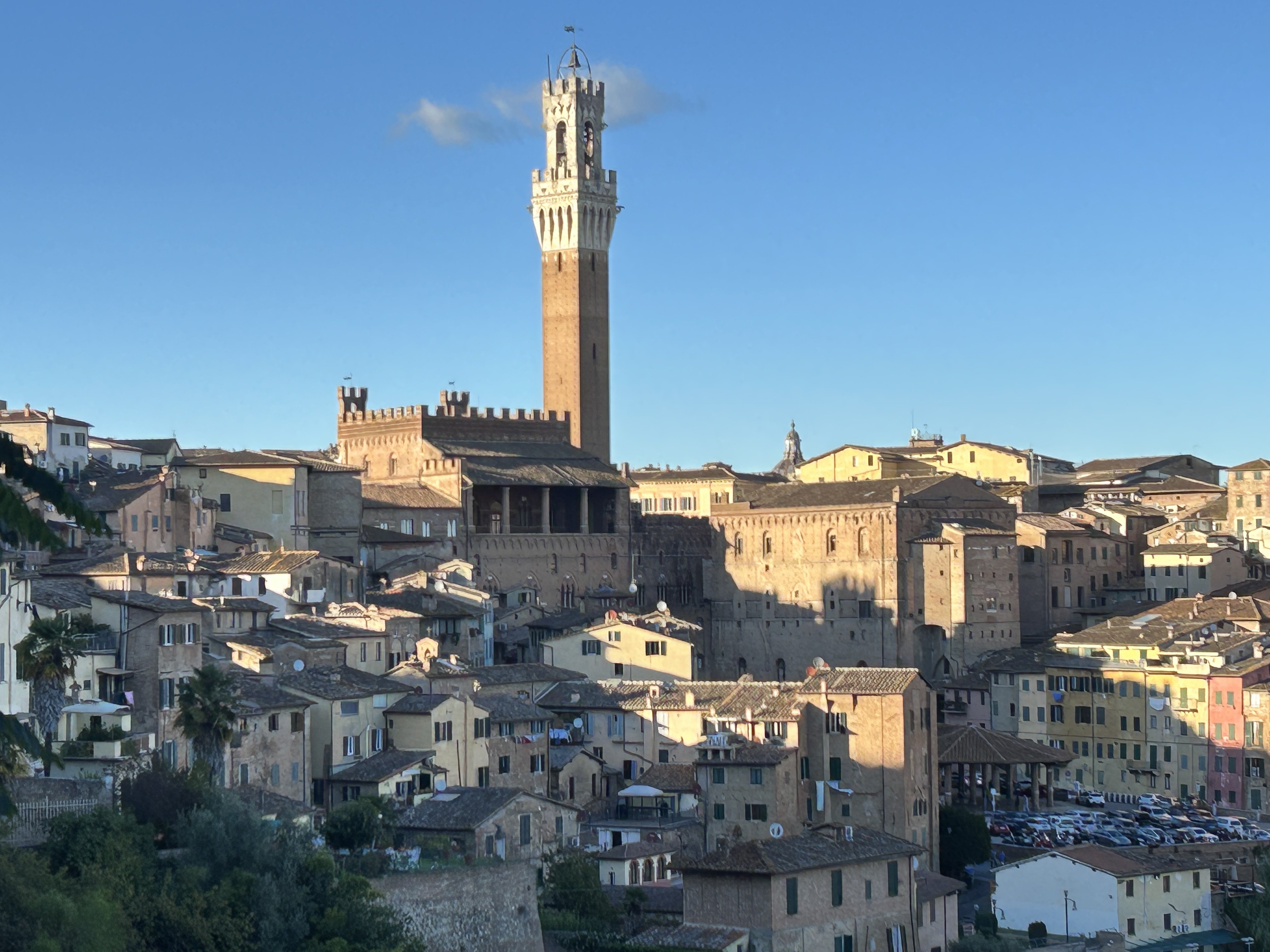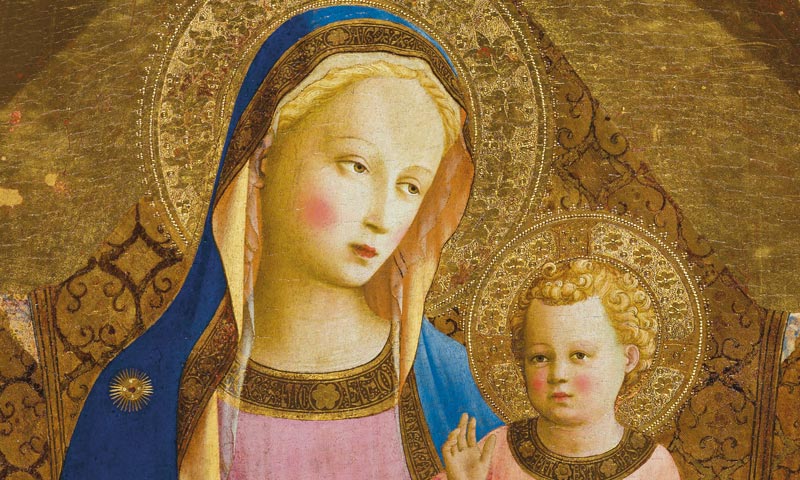Puglia’s Siren
Song: “Puglia’s the hot new spot,” a friend
proclaimed while dining under the eaves of my porch in Cortona. In the fall of
2020, I purchased a second home in the very heart of Tuscany. By the summer of
2021, it’s like home. Over leisurely meals, my recently acquired expat friends
regaled me with stories of their jaunts through Italy. Even though the country
is roughly the size of Arizona, it’s easy to spend your life within its borders
and still miss large chunks.
Puglia…I had no image, no context. I
couldn’t place it on a map, and it took me a week to pronounce it correctly. In
other words, it was mysterious, and I needed an enticing destination for my son
Lex and I to celebrate his November birthday. As is custom, we forego a one-day
celebration and instead dive in for weeks, traveling to places like India,
Egypt, and Sicily where rich chocolate cakes are hard to procure. We were stuck
on where to go in 2021, especially as Covid continues to rear its ugly and
capricious head. Even so, we were determined not to let another year slip by.
“How about Puglia?” I asked Lex. “Perfect,” he replied. “This way, I can also
visit your Cortona farmhouse.”
There’s a secret thrill to planning a road
trip, like eating ice cream straight from the tub late at night while watching
a snarky movie. A bit naughty yet satisfying, all while imagining where you’re
heading, what you’ll encounter. I spent the next month pouring over maps,
consulting with friends, reading whatever I could find, and scouring Frances Mayes’
terrific book, “Always Italy.” The deeper I delved into outlining the
trip, the more my heart soared. I plotted a long loop that would take us from
Puglia’s northern boundaries to the very tip of the heel of Italy. One of
Italy’s 20 regions, Puglia is situated along the Adriatic Coast with rugged
cliffs and caves. The area’s cuisine is based on fish, grains, olive oil, wine,
and using what is at hand. It’s considered an economically poor region as it
lacks a backbone of industry and tourism, although I suspect that will change.
I began with a list of what we enjoy doing,
and eating great food tops the list. Lex and I travel to eat, researching where
to dine right up to the moment of entering the restaurant. Of course, we’d need
some good activities to burn off the calories: hiking, biking, paddling out to
sea if possible. We both love wandering through towns, getting lost, taking in
the architecture, viewing vistas and art, and stumbling into churches to be
humbled and awed. I came up with a 17-day itinerary, driving from Cortona
through Puglia, ending with two nights in Naples so Lex could gorge himself on
pizza. Once I began reserving lodging with Booking.com, I noted that we’d be
traveling at the tail end of tourist season with many places already closed for
November.
We set out on a Saturday, heading east from
Tuscany, crossing half the width of Italy. The skies were unfriendly, altering
between rain, drizzle, downpours, and more rain. We kept our worst fears to
ourselves, eyes on the road, pointing out anything of interest visible through
the deluge. The landscape was undulating vistas of olives and vineyards, small
farms, and tiny hamlets.
As the afternoon waned, we reached the
now-sleepy town of Vieste, founded by the Greeks in the 9th century BC. We
checked into B&B Centro, a bare-bones but satisfactory bed-and-breakfast
across the street from the Adriatic and at the entrance of the old town.
I
grabbed a map, but Lex scoffed. He considers carrying a map sissy-stuff and
prides himself in always having the lay of the land. Stretching our legs along
the seaside, I pictured this town as Coney Island, a summer mecca for
middle-class Italian families. I could almost hear the hawkers selling boat
excursions to the nearby islands, scooter and bike rentals, chairs to place on
the strip of sand. Now all the pizza, ice cream, and fast-food stands and shops
filled with souvenirs and sunscreen were shuttered for the season. I shivered.
It was cold, but the rain had lifted, granting us fair weather for the trip’s
duration.

Vieste was our first glimpse of a Puglia
town, organically incorporated into the cliffs, whitewashed and proud. Puglia
is like a maiden aunt you’ve never heard of who suddenly arrives for a
celebration, and you wonder why it’s taken years to meet her. She’s charming,
boisterous, multilayered, and mysterious, with stories to regal you, and a hint
of scandal and lost loves. She’s irresistible.
Vieste established the structure and tone
for upcoming towns. A cobblestoned labyrinth of narrow roads crisscrossed in
all directions, mostly up steep, narrow stairs worn with age, often with dead
ends. There were churches, bakeries, cafes populated by old Italian men sipping
espresso, specialty food shops brimming with white cheeses hand-formed into balls
and twisted into shapes, kids playing soccer in the streets, and women leaning
out their windows shouting to their neighbor in the window across the alley.
Odd assortments of laundry hung from every balcony and railing.

The town is anchored by a Norman castle, as
Puglia is a land of castles, palaces, and tall fortification walls. Like many
of the region’s seaside towns, a safe harbor and Vieste’s position made this a
hub for the ancient world, with invading armies washed up from different
countries to claim rule. The history can be tasted in dishes with traces of
spices evoking Africa, India, Greece, Spain, France, and Italy. But the heart
of Vieste lies in the legend of Pizzomunno, a fisherman whose soul was turned
to stone after the sirens tempted his lover to her death. He stands sentry as a
monolithic white stone over the beach, improbable, alluring, always tugging at
you. The people who first settled here believed the gods were living amongst
them. It is the core of their romanticism, and it is showcased in the grand
stone staircase leading to the center of the old town. The white steps are
festooned with painted gigantic red hearts and a poem recounting Pizzomunno’s
fate of love and loss.

Our first dinner, at Taverna Al Cantinone,
was a marvel—and just the beginning of many excellent meals. The restaurant was
a family affair, with mouthwatering food created from the very freshest of
ingredients. We quickly found that every town had its own character and
distinct flavor developed from centuries of living in one place and not
venturing between towns. There were differing dialects, hand gestures, patterns
of stone sidewalks, shapes of bread, which saints were venerated in the highest
of esteem, and which superstitions were held fast. We could feel it, even if we
couldn’t pinpoint it. The towns reside between wild, untamed lands, vast woods,
mind-blowing cliffs, and narrow, twisting roads. We loved our day at Gargano
National Park, an ancient forest filled with magic, where we traipsed through
dense groves of trees half expecting a fairy to appear.
I had booked us four nights in Vieste, but
we quickly realized that with many restaurants closed, the relative smallness
of the town, and boat rentals out of the question due to both weather and the
season ending, we needed to cut out a day. We headed to Bari, the central town
of Puglia, detouring along the drive to visit Castel del Monte, a 13th-century
octagonal-shaped castle built by Frederick II.
A serendipitous lunch at the
wonderful Evè Ristobistrot in Andria proved that Puglia is still relatively
unknown. This unassuming restaurant serving up seasonal delicacies certainly
deserves a few Michelin stars. There should be a steady stream of foodies and
press, rather than just us and another table oohing over the tapas-like dishes.

Bari is home to another castle by Frederick
II and the Musée Archéologique Bari, which, if you are up for only one major
museum on your trip, make it this one. It is the perfect spot for history
lovers. Likewise, Bari’s old town is a visual feast with every snaking small
road and alley packed full of gaily painted niches and small sanctuaries
honoring the Madonna: flowers, charms, various saints, and Baby Jesus gaze upon
her serene face in adoration while old ladies sit outside their doors making
orecchiette, the little ear pasta either invented here or the neighboring town
of Trani. They gossip, greet passersbys, do meaningful work, and create
spectacular pasta. Their rapid fingers defy their age.
Our dinner experience was less at was
less-than-stellar, but the meal was quickly forgotten over exquisite scoops of
gelato at Gentile, and the excellent breads and sandwiches we enjoyed for lunch
at Punificio the following day.
Since distances are never more than a few
hours’ drive between cities in Puglia, we chose to move from town to town to
experience as much as possible. From Bari we headed to Trani, a city chosen
primarily for its reputation of producing the finest bread in Italy.
We stayed
at Dimore, a quaint and tiny spot overlooking the very active fishing harbor.
Standing sentry at the mouth of the harbor, there’s yet another castle—very
modern looking-- built by Frederick II and a stunning Basilica.
It is the
bread, though, that we came for, and it lives up to its reputation. Although we
spent a day wandering and sampling from one bakery to the next, we could have
saved ourselves the trouble by just heading to Panificio D’Addato. Neither Lex
nor I could manage anything beyond ecstatic groaning as we sat on a stone bench
overlooking the bay tucking into tomato-topped focaccia and rolls abundant with
olives. Nothing has ever tasted better.
An hour from Trani is Polignano a Mare,
where we stayed at the San Michele Suites, spectacularly perched above the
thundering sea and numerous sea caves.
Polignano is upscale and touristy and
also the birthplace of Domenico Migliacci, the co-composer of Volare. Lest you
forget, the lyrics are strung in overhead lights down the main walking avenue.
Cheerful, exuberant, dramatic, this was a perfect one-night stand. We visited
Polignano primarily to dine at Grotto Palazzes, a fancy, ultra-expensive place
dramatically situated inside an enormous cave with open-air views of the
forceful seas. If our night was any indication, it is frequented by Russian
oligarchs and their scantily clad girlfriends. Unfortunately, we were so full
after lunch at La Locanda Porta Picc that we struggled to eat more than a
mouthful of our mandatory five-course, prix fixe meal.
Even so, the food lacked
the love found in every bite at Locanda Porta Picc, a wonderful spot worthy of
an overnight stay to revel in for both lunch and dinner. Next time, we’ll eat
both meals at La Locanda.















